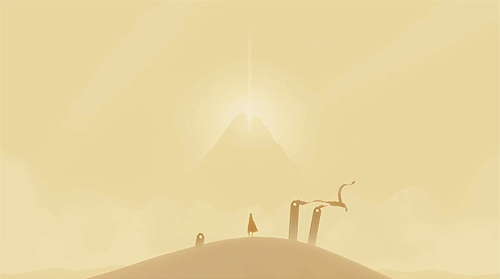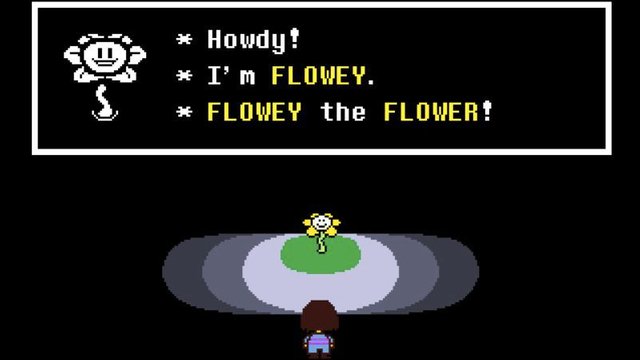It’s no secret that Undertale’s soundtrack has gained quite a reputation. The game released only four years ago, and yet the soundtrack has become instantly recognizable to most people who are interested in video games, or just go on the internet a lot in general. Like many games with popular soundtracks such as this, the songs have become an important part of the game’s identity. Less than a week ago, Megalovania got an exclusive remix for Super Smash Bros. Ultimate, making it the first (and currently only) song to be bundled with a Mii Fighter DLC. The music really has become that pervasive.
Now, there’s a lot of variables we could analyze as to why Undertale’s soundtrack is this popular. A large part of it has to be credited to the memes wrought by the game and its score, particularly the Sans boss fight and Megalovania. However, the enjoyment isn’t all ironic. People genuinely love the soundtrack for this game, and there could be many factors contributing to this. I think a large part of this boils down to a fact that many have pointed out about this soundtrack: most of the songs in the soundtrack revolve around a handful of leitmotifs that are remixed over and over again in fresh and interesting ways that reflect the situation. It’s been scientifically proven that if a person hears a piece of music over and over again, they are more likely to enjoy it (there’s a great video essay by Sideways about how this relates to pop music in movies called “When Soundtracks Repeat” if you want to check it out on YouTube). So if you have a video game where songs loop over and over again in a particular area, and you have a leitmotif that is woven into many of the songs in the game so it appears in multiple areas, you have a perfect recipe for a memorable soundtrack. I’m just saying, I believe there is a strong reason why Journey, which only has one leitmotif that reoccurs throughout every track of the entire game, is the only video game whose soundtrack has been nominated for a Grammy.

But if you’re going to have a strong theme that plays throughout the entire game, you need to make it so that the audience doesn’t get tired of that theme. That is why the “remixed in fresh and interesting ways that reflect the situation” part is so important to a good game soundtrack. The way a leitmotif is used can convey a lot about a situation. Undertale’s main motif and the one we will be discussing today is the first one the player hears, the main melody of the game’s opening “Once Upon a Time”. Here we hear a very basic version of the melody before entering the game proper. Then we hear the melody again in its most stripped down version in the menu. And then we hear it AGAIN in Flowey’s song along with Flowey’s little jingle. It’s clear right from the start that this is going to be a motif you hear a lot in this game, and I consider it to be the Underground motif. Underground is certainly a lot shorter than “Once Upon a Time”, and the other motifs in the game have pretty short names like “Fallen Down” and “Memory”, so we’ll go with Underground for now.
The reason why I consider this theme the Underground theme and not just the Undertale theme is that a big part of Undertale, the characters, largely have the Underground theme absent from their own themes. The exception to this is Flowey, who quite literally has his roots all throughout the underground. The motif is instead primarily heard when connected to the Underground- learning about the Underground, entering the Underground, and exploring the Underground in its various areas. It plays in the Ruins, Toriel’s home, the snow area in between the Ruins and Snowdin, and in Snowdin itself, while being noticeably absent from the themes of Toriel, Sans, Napstablook, Papyrus, and general battles. Thus, if only subconsciously, the player associates this theme with the world the characters inhabit rather than the characters themselves (and maybe subtly hints at Flowey playing a much bigger part in this story).

Up until this point in the game, the overworld music has been welcoming. The Ruins aren’t necessarily happy, but feel very mysterious and invite exploration. Home feels very warm and, well, homely, with its calming guitar; the snowy area has a very light feeling to it with its trilling piano and subtle strings; and Snowdin carries forward the snowy theme with a more full piano arrangement that represents a more populated area. It’s a very lighthearted tone, which is emphasized by the exciting battle music. It’s not all sunshine and rainbows up to this point- you do learn that the king of the land is trying to kill you, after all- but for the most part, it’s just nice. You’re seeing new places, meeting and befriending new people. All is well in the world.
And then you get to Waterfall.
Waterfall is the point where Undertale becomes significantly more somber. You’re being pursued by this mysterious Undyne chick, making her the first main enemy who actively wants you dead. But more importantly, we learn more about the desires of the monsters to escape to the surface, and just how miserable many of them are. Much of this is learned through Echo Flowers, which repeat the conversations that they have last overheard. It’s a pretty desolate place, with long stretches of area with no one to talk to. It’s just you and the Underground’s true feelings, whispered in secret for no one else to hear but you.

And throughout the area you hear the track “Waterfall”. It begins with these windchimes, carrying over the mysterious feeling the Ruins had in a way that feels natural for the area of the game that feels the most cave-like. But as you go deeper into the area, a piano starts to play the Underground melody. It’s the first time that music in the game feels truly somber, and that this melody has been used in a truly somber way. For the first time, the true effect of the monsters’ isolation really comes into the limelight, and the music drives this point home through its excellent use of the main theme in a different context. It’s interesting to note that at the end of the Waterfall area, you fight Undyne, the self-proclaimed embodiment of the Underground’s hopes and desires to be free once and live on the surface.
This is the first time since Flowey that a battle theme has used the Underground motif.

Waterfall is an incredibly important song in Undertale’s soundtrack, and perhaps the most important one that isn’t widely recognized like the battle themes or Memory. Perhaps one of the most amazing things about the game is how well it balances its tones, with jokes and lighthearted fun expertly intertwined with deeply flawed characters and a pretty sad story. It is here at Waterfall that the balancing act really begins, with the dark and atmospheric caves and constant pursuit of a young child by a warrior out for blood juxtaposed by Papyrus’ calls about wearing pants.
Without the song “Waterfall”, this area wouldn’t have the impact it does. And as the Underground melody continues to convey the hopes and dreams of the Underground and the people living in it, it builds off of this cornerstone track.
Congratulations @paigeautumneve! You have completed the following achievement on the Steem blockchain and have been rewarded with new badge(s) :
You can view your badges on your Steem Board and compare to others on the Steem Ranking
If you no longer want to receive notifications, reply to this comment with the word
STOPVote for @Steemitboard as a witness to get one more award and increased upvotes!
Downvoting a post can decrease pending rewards and make it less visible. Common reasons:
Submit